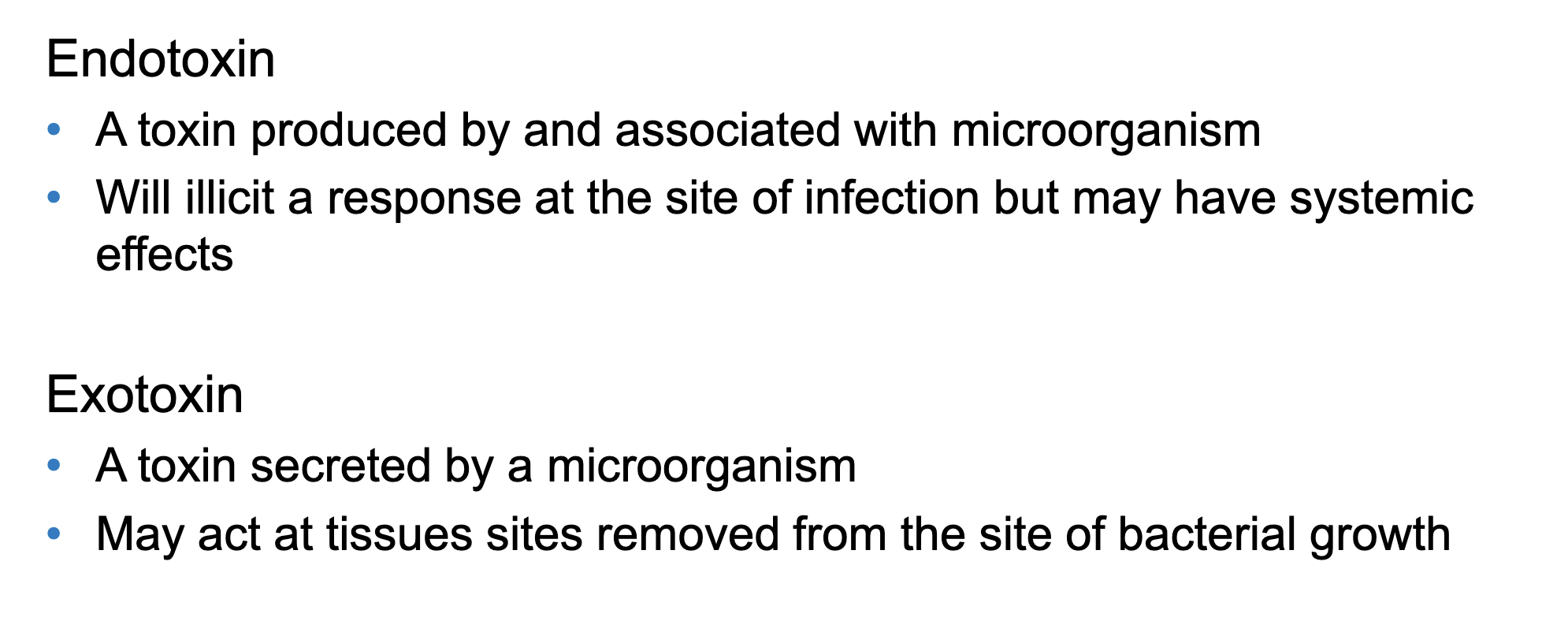Biomedicine
1/12
There's no tags or description
Looks like no tags are added yet.
Name | Mastery | Learn | Test | Matching | Spaced |
|---|
No study sessions yet.
13 Terms
How can microorganisms cause disease?
Directly through contact and entry to host
cells
Indirectly through the release of toxins or
enzymes that damage cells
By eliciting a host immune response that
causes additional damage
What is tissue tropism?
Specific cells and tissues of a host which support the growth of a particular microorganism.
|
Presence of receptors on host cells that is recognised by microbial molecules that enable binding and entry into a cell.
Factors influencing tropism
-presence/absence of receptors
-transcription factors
-nature of the infectious agent.
What is host range?
Range of species that a microorganism can infect.
It depends on the presence of receptors on host cells.
Why is tissue tropism and host range important?
Creating animal models of disease for study.
Recombination in hosts.
Crossing over between species.
What are endotoxins and exotoxins?
Endotoxins are toxic components of the outer membrane of Gram-negative bacteria, specifically the lipid A portion of lipopolysaccharide (LPS).
They are not secreted actively like exotoxins but are released when bacteria die, divide, or lyse.

How can injury be caused by host immune response?
The host immune response can sometimes cause tissue injury
▪ Killing of virus infected cells
▪ Too much or inappropriate immune response
▪ Chronic inflammation-persistence of injury.
How can pathogens invade an immune response?
• Grow in places where they cannot be detected by the host immune response.
• Change their antigenicity (antigenic shift and drift)
• Evade or inhibit the innate immune response (think HIV)
When diagnosing an infectious disease what is sensitivity and specificity?
Sensitivity: proportion of positive samples that are correctly identified.
Specificity: proportion of negative samples that are correctly identified.
Describe smallpox.
Caused by Variola virus, and is transmitted via infective droplets.
Endemic across most of Europe by 16th C (20-30%
mortality rates).
• Declared by WHO eradicated by vaccination program in 1980
16tha dn17th century saw great amount of migration. Settlement brought devastating disease.
Describe AIDS.
Caused by HIV.
Infection targets Th cells causing immunodeficiency.
Initial infection causes flu like illness, but patients may remain asymptomatic for 2-15 years.
Transmitted via the exchange of a variety of body fluids.
Describe Malaria.
Plasmodium parasites spread to humans through the bite of an infected female Anopheles mosquitoes.
Transmission can depend on climatic onditions
-number and survival of mosquitoes
-rainfall, temperature and humidity.
Endemic in many areas.
Partial immunity (you cannot get complete immunity) is developed over years of exposure.
Prevetion
-vector control
-anti-malarial prophylaxis.
Describe Cholera.
Vibrio cholerae.
Acute diarrheal infection.
Highly pathogenic (O1 and O139) and mild serogroups
Outbreaks
▪ Pathogenic strains
▪ Disruption of water and sanitation.
Describe plague.
